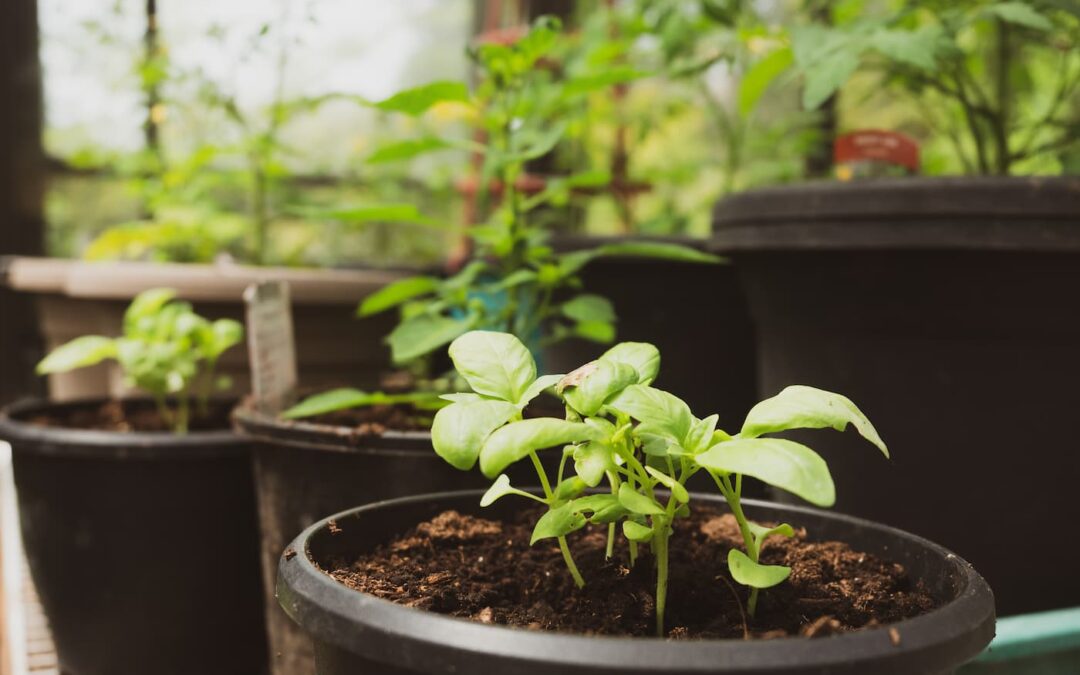In the world of gardening and agriculture, there’s a secret weapon that promotes healthy plants, conserves resources, and supports sustainable practices—mulch. Whether you’re a seasoned gardener or just beginning to cultivate your green space, understanding the role of mulching in soil health can significantly impact the success of your garden. In this blog post, we’ll delve into the world of mulch, exploring its benefits, types, application techniques, and its role in fostering soil health and plant vitality.
What is Mulching?
Mulching is the practice of covering the soil surface with a layer of material, typically organic or inorganic, to provide a range of benefits to your garden. This protective layer acts as a shield against various environmental factors that can compromise plant growth and soil quality.
Benefits of Mulching for Soil Health
Erosion Prevention
One of the primary advantages of mulching is its ability to prevent soil erosion. Wind and water can dislodge soil particles, leading to the loss of valuable topsoil and essential nutrients. Mulch acts as a barrier, reducing the impact of these forces and preserving the integrity of your soil.
Temperature Regulation and Moisture Conservation
Mulch acts as a natural insulator, regulating soil temperature and reducing extremes that can stress plants. During hot summers, mulch helps keep soil cooler, preventing root stress and conserving moisture. Conversely, in colder months, it provides a protective layer that prevents rapid temperature fluctuations that can harm plant roots.
Weed Suppression and Pest Management
Mulch isn’t just about protecting soil—it’s also a powerful tool for weed suppression. A thick layer of mulch inhibits weed growth by blocking sunlight, reducing the competition for essential nutrients and water. Additionally, certain types of mulch, such as cedar or cypress, can have natural repellent properties that deter pests from establishing in your garden.
Improved Soil Structure and Aeration
Mulch can play a transformative role in soil structure. It prevents compaction, ensuring that the soil remains loose and well-aerated. Good soil structure is essential for root development, water infiltration, and nutrient absorption. With proper aeration, plant roots can access the oxygen they need for healthy growth.
Organic Matter Enrichment
Organic mulch, such as straw, wood chips, or leaves, breaks down over time, contributing valuable organic matter to the soil. This natural decomposition enriches the soil with nutrients, promoting microbial activity and nutrient cycling. As the mulch breaks down, it improves soil texture, enhancing water-holding capacity and nutrient availability.
Protection Against Extreme Weather
In the face of unpredictable weather events, mulch provides an additional layer of defense. It shields the soil from the impact of heavy rain, preventing soil compaction and erosion. During frosty nights, mulch acts as a blanket, reducing the risk of freeze-thaw damage that can harm delicate plant roots.
Types of Mulch and Their Applications
Mulch comes in various forms, catering to different gardening needs and preferences. Organic mulches include materials like straw, wood chips, bark, and compost. Inorganic mulches encompass gravel, stone, landscape fabric, and plastic. The choice of mulch depends on factors such as aesthetic preference, plant type, and regional climate.
Mulching Techniques and Best Practices
Applying mulch correctly is essential to reap its benefits without causing harm to your plants. Begin by clearing the soil surface of weeds and debris. Apply the mulch layer evenly, maintaining a depth of 2 to 4 inches for most organic materials. Avoid placing mulch directly against plant stems, as this can create a moist environment conducive to disease development.
Considerations for Different Plants and Environments
The type of mulch you choose should align with the specific needs of your plants and the conditions of your garden. For instance, vegetables, herbs, and annuals benefit from organic mulches that enrich the soil. On the other hand, drought-tolerant plants might thrive with gravel or stone mulches that conserve moisture while allowing good drainage.
Sustainable Mulching Practices
While the benefits of mulching are clear, practicing sustainability in your choice of mulch is equally important. Opt for locally available and renewable materials to minimize your environmental footprint. Consider using mulch from yard waste or pruned branches, and when it’s time to refresh your mulch, compost the old material to complete the natural cycle.
Mulching Challenges and Solutions
While mulching offers numerous benefits, there can be challenges to overcome. Mulch compaction and weed growth can become issues if not managed properly. Regularly fluffing and turning the mulch can help prevent compaction. Adding a layer of newspaper or cardboard beneath the mulch can effectively suppress weed growth.
The role of mulching in soil health is undeniable. By offering protection against erosion, temperature fluctuations, weeds, and pests, mulch creates an environment where plants can thrive. Whether you choose organic or inorganic mulch, the benefits are clear: improved soil structure, enhanced nutrient cycling, and overall healthier plants. As you embark on your gardening journey, remember that mulching isn’t just a practice—it’s an investment in the long-term health and sustainability of your garden.

